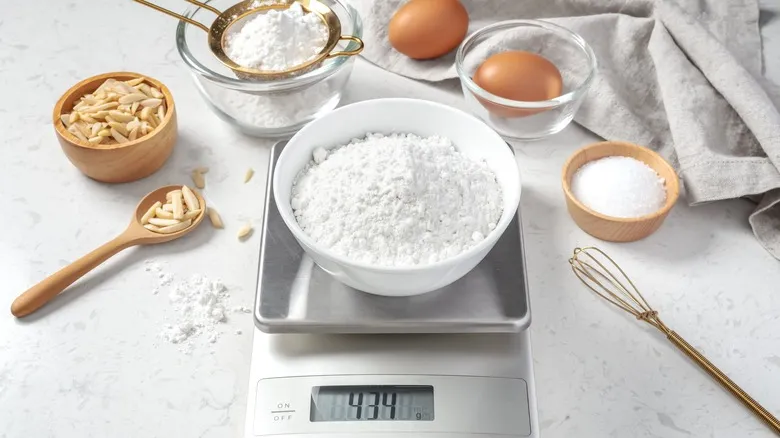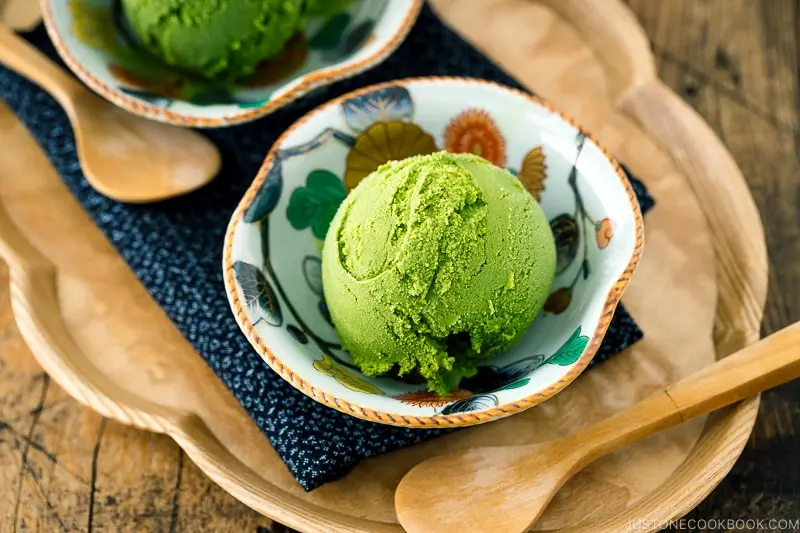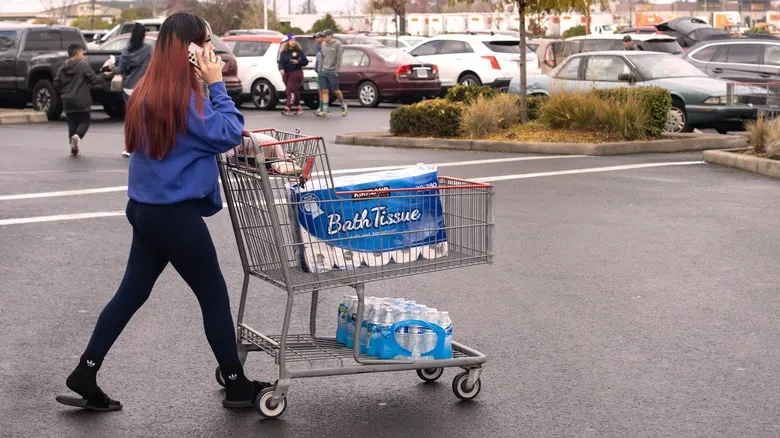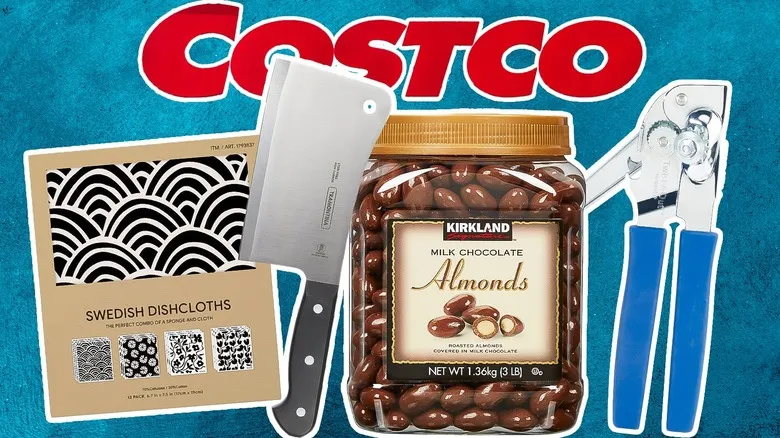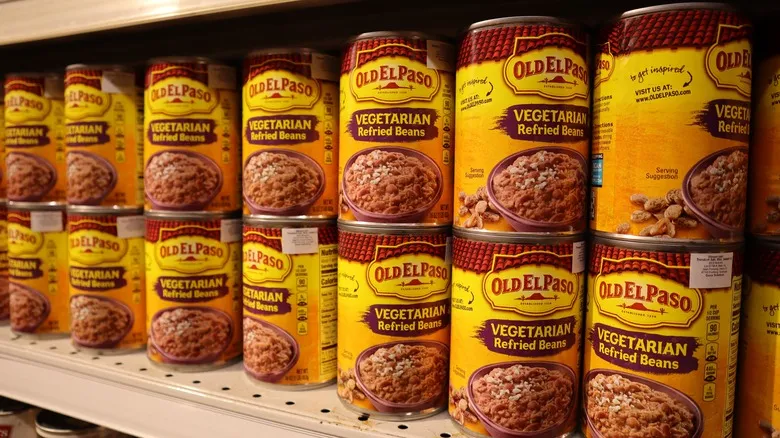Measuring cups can be far from precise
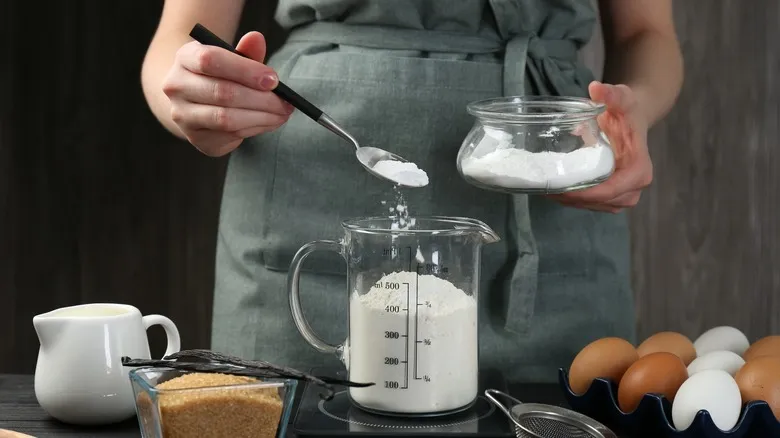
Why is precision so crucial in baking? While many recipes and dishes allow for a bit of improvisation or estimation—sometimes even encouraging it, as some chefs believe it enhances simple meals—baking is a different story. It leans more towards being a precise science. A slight miscalculation in your measurements of flour, salt, sugar, or leavening agents can lead to disaster, resulting in dry cookies, soggy cakes, or flat breads.
Consider measuring flour without a scale. Are you dipping a measuring cup directly into a bag of flour and scooping it out? Or are you adding spoonfuls to the cup until it’s full? Perhaps you’re pouring flour straight from an open bag into the cup? Each of these methods is common, yet they yield vastly different amounts of flour in your bowl, even if you align with the markings on your measuring cup. This issue is compounded with ingredients that are trickier to measure, like brown sugar, which can be packed, lightly packed, or not packed at all. The interpretation of what constitutes "packed" can vary from one baker to another, leading to inconsistent amounts based on individual techniques.
Additionally, what happens when we halve or double a recipe, switch from metric to imperial measurements, or estimate a half-cup of sugar using a measuring cup? These scenarios can easily lead even the most experienced bakers to end up with imprecise measurements.
Tips for choosing and using your food scale
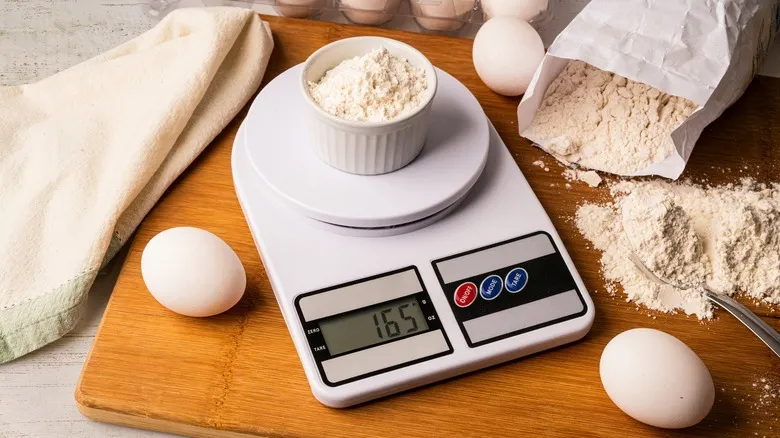
To start, select a reliable scale—this doesn’t necessarily mean you need to spend a lot. The average home cook doesn’t require an expensive scale to achieve accurate measurements. Just ensure it’s a digital model designed for food weighing. Consider the task at hand when picking your scale. Some models can handle larger weight capacities, which can be useful for making big, commercial-sized batches, but this is usually unnecessary for most home cooks. While nearly all modern scales offer this feature, make sure yours can display measurements in both metric and imperial units, as this can be helpful depending on the recipe you’re using.
When you’re ready to bake, place your bowl or container on the scale, select your desired unit of measurement (grams, ounces, fluid ounces, etc.), and don’t forget to press the "tare" button. This important function resets the scale to zero, eliminating the weight of the bowl or container, so you’re only measuring the ingredients.
You can use the tare function between each ingredient—after adding flour, then sugar, and again before baking soda, for instance—allowing you to mix everything in one bowl without needing to dirty any measuring cups or spoons, as long as you reset the scale each time. This means fewer dishes to wash and perfectly baked cakes, bread, and cookies that taste like they came from a professional kitchen. We’re all for that!
Recommended
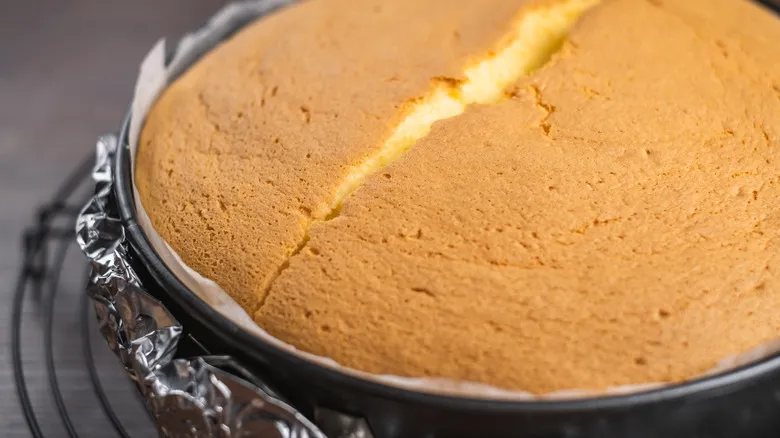
The Delicious Chocolate Trick That'll Fix Your Cracked Cheesecake
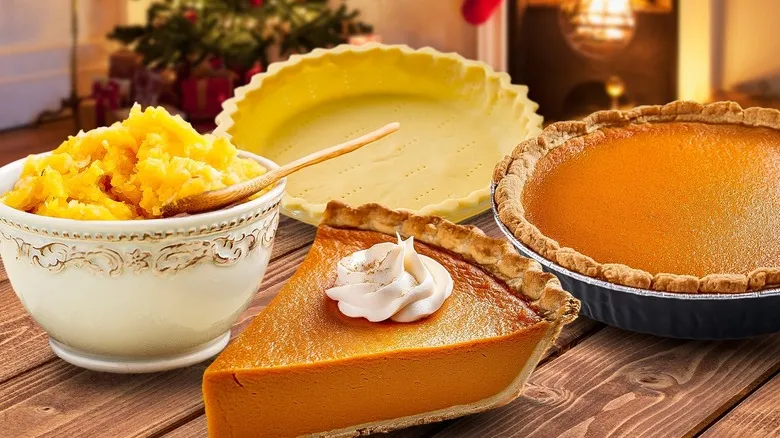
15 Mistakes To Avoid When Making Pumpkin Pie For The Holidays
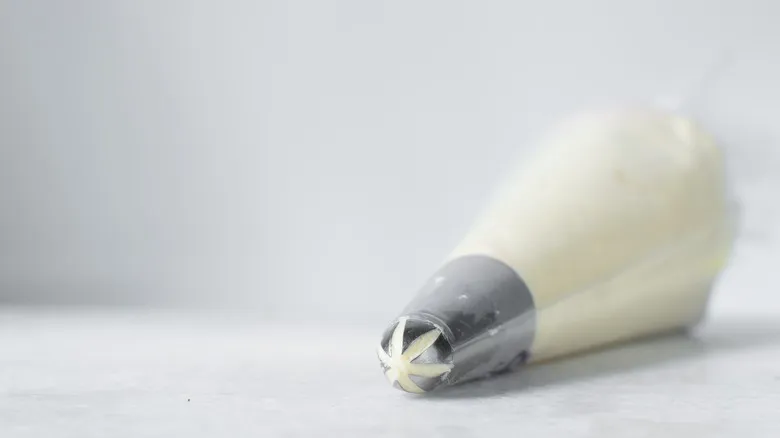
You Can Pipe Store-Bought Frosting, But You Need An Extra Step First

The Temperature Mistake That's Ruining Your Sourdough
Next up

